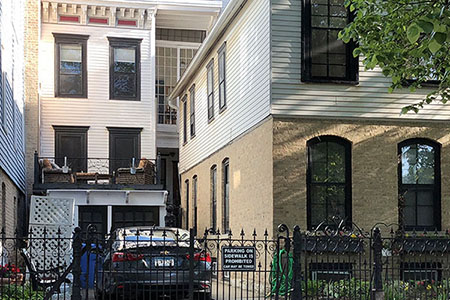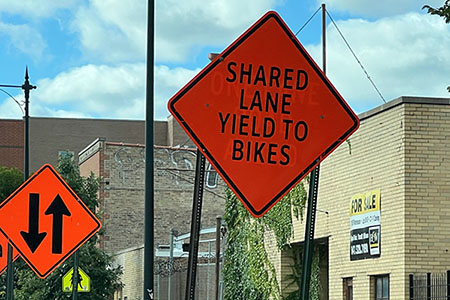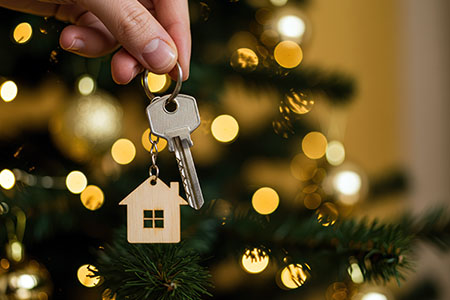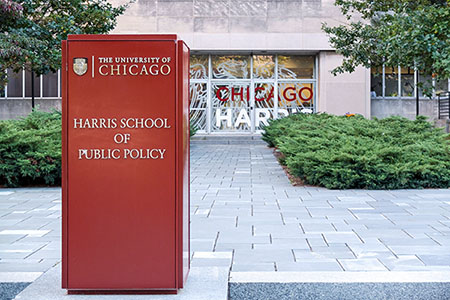
(Above) Looking north from DuSable Harbor in Fall 2012.
30-year and 15-year fixed mortgage rates are down a little but expected to increase in late December. Got an ARM? Now is a good time to refinance.
Sep. 11, 2017 – Prospective home and condominium buyers who have been sitting on the fence for months waiting for a buying opportunity should get their house-hunting act in gear this autumn. A narrow window now is open for buyers and families seeking to refinance with bargain-rate home loans – the lowest interest charges this year, experts say. Benchmark 30-year fixed mortgages nationwide declined to an average of 3.78 percent on September 7 from 3.82 percent a week earlier. It was the third week in a row rates declined, dropping home loan rates to a year-to-date low, reported Freddie Mac’s Primary Mortgage Market Survey. A year ago, 30-year fixed loans averaged 3.44 percent.
15-year fixed home loans averaged 3.08 percent on September 7, down from 3.12 percent a week earlier. A year ago, the 15-year loan rate averaged 2.76 percent. At the end of 2016, following the election of Donald Trump and a Federal Reserve Board interest rate hike, benchmark 30-year loans spiked to 4.3 percent. Another hike in the federal funds rate by the Fed’s Open Market Committee is forecast for December 2017, so an increase in lending rates likely will occur during the holidays, analysts say. Mortgage rates hit a historical rock bottom on November 21, 2012, when the benchmark 30-year fixed mortgage average fell to 3.31 percent, while 15-year fixed loans edged downward to 2.63 percent, Freddie Mac reported. ARM rates are going up Homeowners who financed their home or condo purchase with an adjustable-rate mortgage (ARM) especially should be shopping now to refinance into the haven of a fixed-rate loan, experts advise. On June 14, 2017, the Fed voted to raise the federal funds rate – what banks charge each other for overnight loans – by a quarter of a percent to a range of 1 to 1.25 percent. This is the second time the Fed has raised rates in 2017 and at least one more rate hike is forecast for this year because the nation’s job market is improving and inflation is on the rise, economists say. Rates on one-year ARMs are modified annually based on short-term interest rates. So, if a homeowner’s ARM rate currently is 4 percent, the three quarter-point Fed hikes in 2017 likely would push the loan rate to 4.75 percent when it adjusts in 2018. That rate jump would boost the monthly payment on a $200,000 loan by $84.
Fixed rates steadier Because 30-year fixed-rate mortgages are pegged to 10-year United States Treasury bond interest rates, they are only indirectly affected when the Fed increases its short-term federal-funds rates. However, on June 15, 2017 – the day after the Fed’s rate hike – average 30-year fixed mortgages inched upwards to 3.91 percent from 3.89 percent a week earlier, reported Freddie Mac. 30-year fixed mortgage rates generally have moved lower in recent weeks. On March 9, 2017, the benchmark rate hit 4.21 percent, the highest mark of 2017. With interest rising at the end of 2016, homeowners seized the opportunity to refinance their mortgages and locked in fixed-rate loans. Some 883,836 refinanced loans totaling $246 billion were originated in the fourth quarter of 2016, reported ATTOM Data Solutions’ Residential Property Loan Origination Report. That’s a 20 percent increase in loans and a 27 percent hike in dollar volume from the previous year. More than 3.3 million refinances and over 2.7 million home purchases were originated in all of 2016, according to the report. Some economists have predicted that 30-year home loan rates could rise as high as 4.5 percent by the end of 2018. However, if inflation heats up, 30-year fixed-rate loans could hit or surpass 5 percent in 2019, some analysts say.
|















